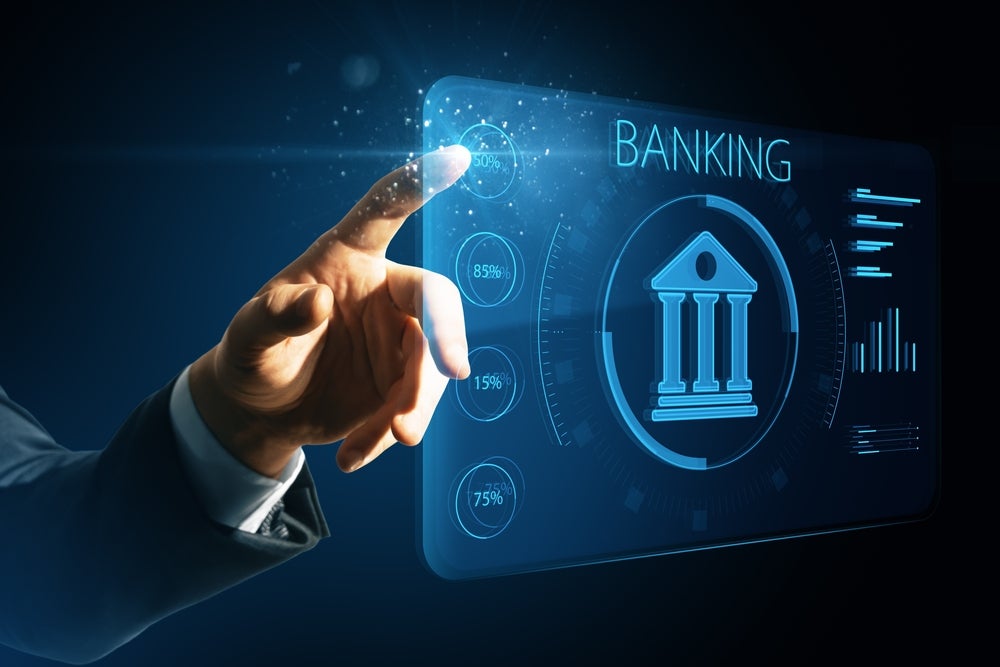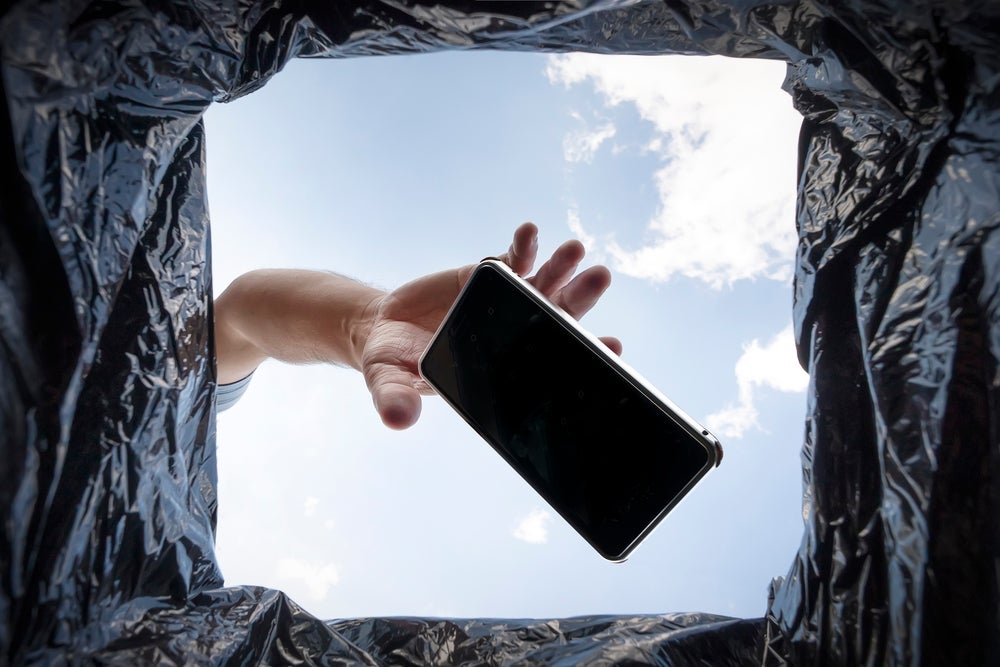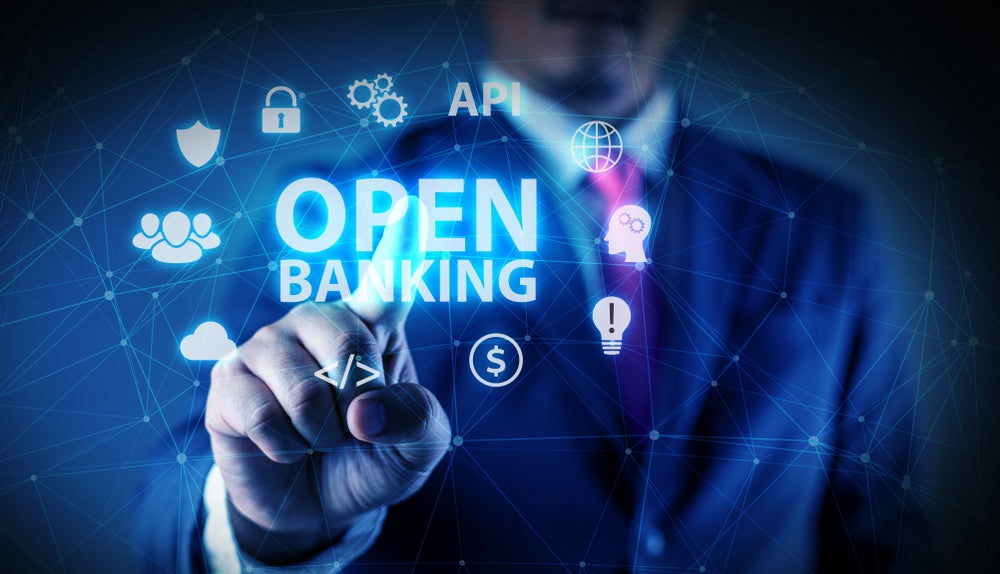Brazilian banks have invested heavily in advanced online and mobile banking platforms, leading to rapid growth in digital banking. The popularity of mobile banking isn’t surprising, since Brazil is the world’s fourth largest smartphone market with an installed base of 70 million smartphones, reports Robin Arnfield
According to a study by Brazilian banking association Febraban (Federação Brasileira de Bancos), internet and mobile banking accounted for 52% of total Brazilian banking transactions in 2014.
A separate Febraban survey of seven leading Brazilian banks, Banco do Brasil, Banrisul, Bradesco, Caixa Econômica Federal (federal savings bank), HSBC, Itaú Unibanco and Santander, found that their customers carried out 4.9 billion mobile banking transactions in the first half of 2015. This contrasts with the 5.3 billion mobile banking transactions carried out in 2014 by the customers of the 20 Brazilian banks surveyed by Febraban for its 2014 study.
The seven banks told Febraban that their customers carried out 8.8 billion internet banking transactions in the first half of 2015.
Investments
Febraban says the Brazilian banking sector accounts for 18% of total Brazilian IT investments, the same rate as the banking industry in the US and France, and the highest investment rate of any Brazilian industry segment.
How well do you really know your competitors?
Access the most comprehensive Company Profiles on the market, powered by GlobalData. Save hours of research. Gain competitive edge.

Thank you!
Your download email will arrive shortly
Not ready to buy yet? Download a free sample
We are confident about the unique quality of our Company Profiles. However, we want you to make the most beneficial decision for your business, so we offer a free sample that you can download by submitting the below form
By GlobalDataOne effect of the banking industry’s technology investment has been an increase in bancarisation from 57% of the Brazilian population in 2013 to 60% in 2014. The number of current accounts in Brazil rose to 108 million in 2014 from 103 million in 2013.
John Price, managing director at Miami, Florida-based Americas Market Intelligence, says the reason why Brazilian banks have been able to make such substantial technology investments is because of their high level of profitability.
“Brazil has the most profitable banking industry and credit card market in the world,” Price says. “There are around 100 profitable banks in Brazil, and very few Brazilian banks lose money. This is because they are able to lend money to the government and to consumers and businesses at extortionate rates and have been able to lobby for strong laws to keep down bad debt. Because Brazilian banks do so well, they’ve had the money to invest in any technology they want.”
A key factor in the drive to digital banking in Brazil is the high cost of commercial real estate such as branches and high labour costs, Price says. “Providing traditional retail banking services is very expensive in Brazil, so the banks went online for cost-saving reasons and they also found customers wanted to bank online,” he says. “Around 20% of the population is very tech-savvy and accustomed to online transactions, so there was no cultural barrier to online banking.”
The march to digital will accelerate in Brazil, says Price, as cost-cutting has become more imperative due to declining revenues from consumer lending and credit cards. “The credit card and consumer loan revenues Brazilian banks had relied on, are declining, as Brazilians are over-indebted and not taking on new debt,” he says. “So banks must either cut costs or find new revenue streams.”
Between 2012 and 2014, branches, contact centres and ATMs saw their collective share of total banking transactions decline from 48% to 32%.
Currently, one in four Brazilian current account customers uses mobile banking, Febraban says.
However, Brazilian consumers still tend to use physical channels such as branches and correspondent banking agents (merchants providing banking services on behalf of banks) for transactions involving the movement of money, such as transfers, bill payments and taking out loans. Febraban notes that consumers prefer to use digital channels for transactions not involving money movement such as balance and account history enquiries.
“Channels such as branches and correspondents are still very relevant when it comes to money movement transactions, while non-money movement transactions are moving to the Internet and mobile banking, thanks to these channels’ practicality and accessibility,” Febraban says. “In the case of money movement transactions, factors such as security and reliability are still paramount.
Early adopters
Because of the volatile nature of the Brazilian economy with inflation rates of over 100% between 1980 and 1994, Brazilian banks led the world in the rollout of electronic banking.
“Runaway inflation rates in the 1980s meant Brazilian banks had to provide clients with a way to transfer funds instantly, before their money lost value,” Americas Market Intelligence’s Price says. “This led Brazilian banks to implement electronic banking systems ahead of other markets.”
In the second half of the 1990s, Brazilian banks started to offer Internet banking services. “Brazilian banks were among the first in the world to roll out Internet banking access to the mass of their customers,” says Guilherme Lima of Brazilian consultancy Ponto Futuro Consultoria Estratégica. “By 2000, the quality and scope of transaction types available on the main Brazilian banks’ Internet channels were at least similar to the US, and, without question, superior to most European countries. Mobile banking has taken a while to become as pervasive, mostly due to economic and infrastructure reasons. Mobile data packages aren’t cheap for Brazilian consumers, and connection speed and reliability is still questionable even in densely populated areas. Nevertheless, mobile banking has gained a lot of traction in the past two to three years, mostly due to more widespread smartphone adoption.”
“The big banks such as Bradesco and Itaú Unibanco are very advanced in providing online banking services for consumers, corporate clients and private wealth management customers,” Price says. “Brazil is at least three years ahead of Mexico and other Latin American countries in terms of its banking services for the affluent. Affluent customers in Brazil, particularly those aged below 50 years, are very keen to have an online banking interface so they can check their assets regularly.”
Mobile money
In 2013, Brazil introduced a law which regulates m-payment services providers such as banks, digital wallet providers, telcos and acquirers and is designed to facilitate financial inclusion. The law introduced a new non-bank legal entity known as a “payments institution,” which is permitted to offer m-payment services and mobile money accounts with cash-in and cash-out facilities to low-income consumers. While not mandatory, the Brazilian government wants to encourage interoperability between different mobile payment platforms.
“Mobile and online banking services are very well established in Brazil, but Brazil hasn’t truly achieved mobile payments adoption, despite having introduced mobile payments regulation in 2013 which is now in effect,” says Elizabeth McQuerry, a consultant with Glenbrook Partners.
McQuerry says the key reason for this is that, while Brazil has been organising its regulatory environment, the players have held back from investing until they understand what the new playing field is.
“The regulations leave the requirement for interoperability to be implemented by the private sector, but the industry still hasn’t worked out how to ensure interoperability for mobile payments,” says McQuerry. “There isn’t enough usage of mobile payments services to justify the private sector focusing on implementing interoperability.”
McQuerry contrasts the situation in Brazil with what happened in Peru, where the banking industry came together to collectively create an ecosystem for an interoperable mobile payment system, Bim (Billetera Móvil/mobile wallet). “Brazilian players responded to the challenge of mobile payments as individual companies, instead of making a collective investment,” she says.
“High smartphone sales and broad proliferation of POS terminals in Brazil mean that, among banked consumers, high-end users should be ready to move to digital banking and payments,” says Jeffrey Bower, a digital finance specialist with the United Nations Capital Development Fund’s Better Than Cash Alliance. “However, adoption of mobile payments and purchases remains low. Already 89 percent of banked Brazilians use Internet banking, but mobile banking use remains relatively limited to the young – mostly under the age of 35. Nevertheless, Brazil has a large percentage of its population in this age bracket, which means the actual digital banking figures are quite substantial. But moving from digital banking to payments and purchases seems to be a challenging step.”
Lack of interest
According to the GSM Association report, “Mobile financial services in Latin America & the Caribbean: State of play, commercial models, and regulatory approaches,” around 150,000 banking correspondents are authorised to open mobile money accounts and perform cash-in/cash-out transactions on behalf of Brazilian banks.
“The vast majority (over 90%) of these full-service outlets are agents for three prominent banks with mass market strategies: Banco do Brasil, Caixa Econômica Federal, and Banco Bradesco,” the report says. “These banks have entered into commercial partnership agreements with mobile operators for mobile money services.”
Bower says low-income under-/unbanked Brazilians remain relatively uninterested in the limited value propositions being offered by the Brazilian mobile payment programs currently available. These include Zuum, offered by Mobile Financial Services, a joint venture between MasterCard and Spain’s Telefónica, which owns Brazilian mobile operator Vivo; Oi Carteira (Oi Wallet), a partnership between Banco do Brasil, card acquirer Cielo and mobile operator Oi; mobile operator Claro and Bradesco’s Meu Dinheiro Claro (my Claro money); and TIM Multibank Caixa, a mobile wallet offered by mobile operator TIM, MasterCard and Caixa.
“While changes in regulations in recent years have allowed for innovative solutions to provide interesting offerings, mobile money use remains low, primarily as a result of an unwillingness on the part of the major institutions to cooperate in building a functioning digital payment ecosystem at the national level,” says Bower. “
Banco do Brasil
In December 2015, Banco do Brasil’s customers carried out 1 billion mobile banking transactions in a single month, and 9 billion in calendar 2015. As of January 2016, Banco do Brasil had 6.5 million mobile banking customers, up 50% year-on-year.
Between September, when car loans became available within mobile banking, and December 2015, Banco do Brasil’s mobile customers took out BRL13m ($3.2m) worth of car loans from their smartphones. Mobile car loans now account for 5% of Banco do Brasil’s total car loans.
In the third quarter of 2015, Banco do Brasil’s virtual channels – online, mobile and ATMs – accounted for over 80% of its total banking transactions.
For clients with monthly incomes under BRL 4,000, Banco do Brasil offers access to its branches and self-service channels (ATMs, Internet and mobile app). Banco do Brasil also offers digital-only accounts providing 280 different transaction types which can be carried out free of charge at the portal bb.com.br, at the bank’s 40,000 ATMs or via mobile. Digital-only customers don’t have a relationship manager, and have to pay for transactions involving the bank’s staff.
Across its entire customer base, Banco do Brasil offers real-time chat facilities with product specialists on its BB.com portal and within its Internet banking service.
Bradesco
A Bradesco spokesperson tells RBI that 95% of the bank’s transactions are performed through virtual channels – the Internet, mobile, ATMs and contact centres. The number of Bradesco mobile banking customers more than doubled year-on-year to exceed 6 million in 2015.
Bradesco was the first Brazilian bank to be active in social media networks and since 2004, has been monitoring its brand and talking to users 24 hours a day, seven days a week, with five-minute feedback and a specialist team interacting on Twitter, Facebook, Google+, Instagram, LinkedIn and blogs.
Currently, smartphones account for 36% of all Bradesco’s transactions.
Caixa Econômica Federal
In the first 11 months of 2015, the 3.1 million users of State-owned Caixa Econômica Federal’s Caixa Celular app carried out 365 million transactions. Caixa spokesperson Hugo Lopes says that during the same period, Caixa’s 14 million internet banking clients carried out 1.36 billion transactions.
During 2015, mobile transactions represented 6% of Caixa’s total banking transactions, representing a growth rate of 105% compared to 2014.
Itaú Unibanco
Itaú Unibanco says that its Internet and mobile banking customer numbers rose by 18.3% year-on-year in Q3 2015 to 11 million. During 2015, internet and mobile banking accounted for 66% of Itaú Unibanco’s total transactions, compared to 60% in 2014.
Santander Brasil
Currently, digital customers account for 46% of Santander Brasil’s customer base. Around 40% of transactions involving the movement of money and 70% of total transactions are carried out via mobile and internet banking, spokesperson Juliana Mayrink tells RBI.
“A quarter of our clients use mobile banking, and their mobile transactions account for 15% of our total transactions,” Mayrink says. “40% of our clients use Internet banking, accounting for 55% of our transactions.
“Between 2014 and 2015, we saw 17.5% growth in digital transactions, and the number of digital users grew by 18%.








